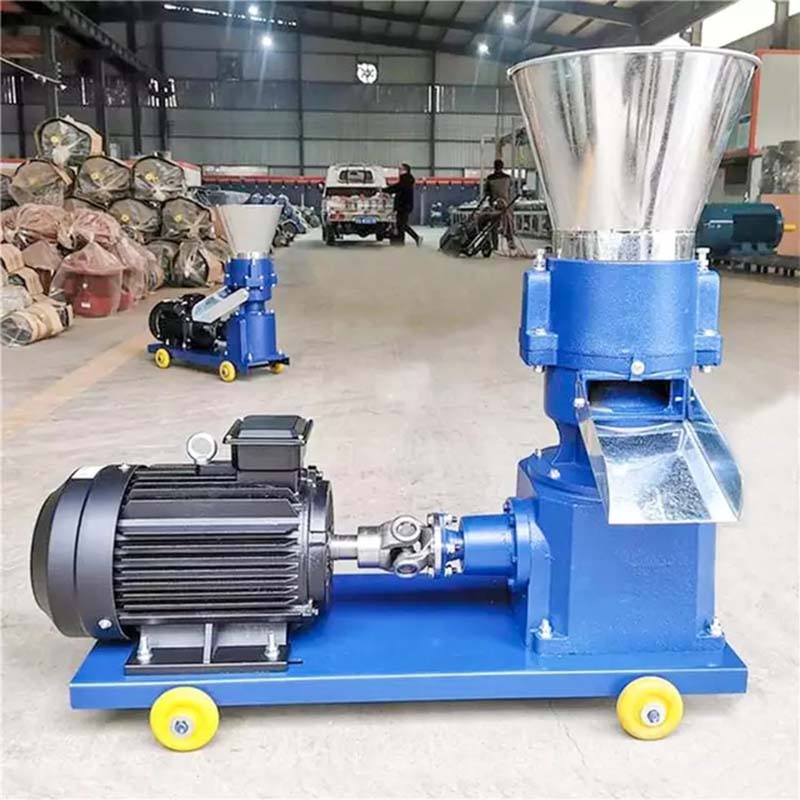cooling pads for evaporative coolers
Dec . 06, 2024 16:40 Back to list
cooling pads for evaporative coolers
Understanding Cooling Pads for Evaporative Coolers
Evaporative cooling systems have become increasingly popular as an efficient and eco-friendly way to combat the heat, especially in dry and arid regions. One crucial component of these systems is the cooling pad, which plays a vital role in the overall performance of the evaporative cooler. This article discusses the significance of cooling pads, their types, materials used, maintenance, and how to choose the right one for your evaporative cooler.
What Are Cooling Pads?
Cooling pads are specially designed materials placed in evaporative coolers that absorb water and facilitate the cooling process. When warm air from the environment passes through these saturated pads, the water evaporates, absorbing heat from the air and thus lowering its temperature. This cool air is then circulated into the living space, providing a refreshing atmosphere during hot weather.
Types of Cooling Pads
Cooling pads can be categorized based on their materials and design. The most common types include
1. Cellulose Pads These pads are made from a dense paper material that is treated to absorb water. They are known for their high thermal efficiency and durability. Cellulose pads can absorb a large amount of water, allowing for effective cooling even in high temperatures.
2. Aspen Pads Made from natural aspen wood, these pads are often used in smaller evaporative coolers. They are less durable than cellulose pads but offer good cooling performance and are often cheaper.
3. Plastic Pads These are manufactured from synthetic materials, such as polyethylene. Plastic pads can be washed and reused, and they are resistant to decay and mold. Although they may not absorb water as effectively as cellulose or aspen pads, they are lightweight and easy to handle.
4. Hybrid Pads Some manufacturers offer pads that combine various materials to optimize performance. These hybrid options are designed to provide the benefits of different materials while minimizing their drawbacks.
Factors to Consider When Choosing Cooling Pads
cooling pads for evaporative coolers

Selecting the right cooling pads for your evaporative cooler involves several considerations
1. Material Choose the material based on your needs, budget, and environmental conditions. For areas with high temperatures and low humidity, cellulose pads are ideal due to their superior cooling capacity.
2. Size and Fit Ensure that the pads fit your cooler model perfectly. Pads that do not fit properly can lead to inefficient cooling and increased energy consumption.
3. Durability Consider how long the pads will last under your specific usage conditions. While cheaper options may seem attractive, investing in durable pads can save money in the long run.
4. Maintenance Requirements Some pads require more maintenance than others. For instance, while plastic pads can be easily cleaned, cellulose pads need careful handling to prevent them from disintegrating.
Maintenance of Cooling Pads
Proper maintenance of cooling pads is essential to ensure optimal performance and longevity. Regular cleaning is necessary to remove dust and debris that can clog the pads. For cellulose pads, it’s crucial to avoid using high-pressure water, as this can damage the material. Instead, gently rinse with a hose.
Inspect pads regularly for signs of wear and tear, such as cracks or mold growth. If the pads show significant wear, it's time to replace them to maintain the cooling effectiveness of the evaporative cooler.
Conclusion
Cooling pads are a fundamental component of evaporative coolers, significantly influencing their efficiency and effectiveness. Choosing the right type of pad and maintaining it properly can enhance the cooling capacity of your system while ensuring energy efficiency. With various materials and designs available, it is essential to consider your specific requirements before making a decision. By understanding and investing in quality cooling pads, you can enjoy a cooler and more comfortable environment, especially during scorching summer days. Whether you opt for cellulose, aspen, plastic, or hybrid pads, proper selection and maintenance will lead to an improved cooling experience in your home or workplace.
-
Automatic Feeding Line System-Pan Feeder Nipple Drinker|Anping County Yize Metal Products Co., Ltd.
NewsJul.29,2025
-
Hot Sale 24 & 18 Door Rabbit Cages - Premium Breeding Solutions
NewsJul.25,2025
-
Automatic Feeding Line System Pan Feeder Nipple Drinker - Anping County Yize Metal Products Co., Ltd.
NewsJul.21,2025
-
Automatic Feeding Line System Pan Feeder Nipple Drinker - Anping County Yize Metal Products Co., Ltd.
NewsJul.21,2025
-
Automatic Feeding Line System - Anping Yize | Precision & Nipple
NewsJul.21,2025
-
Automatic Feeding Line System - Anping Yize | Precision & Nipple
NewsJul.21,2025






